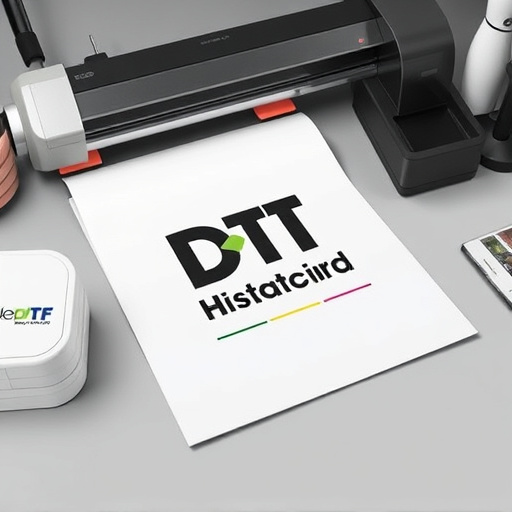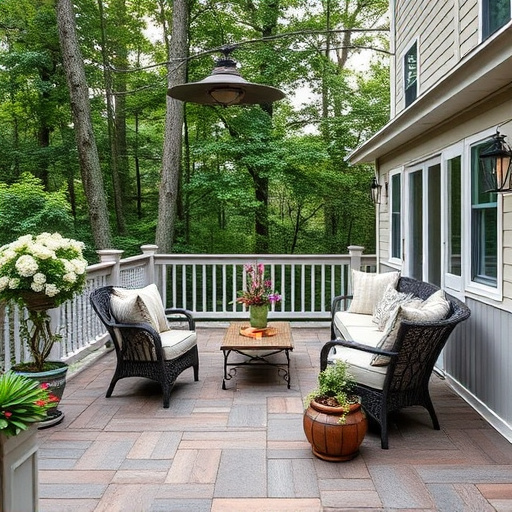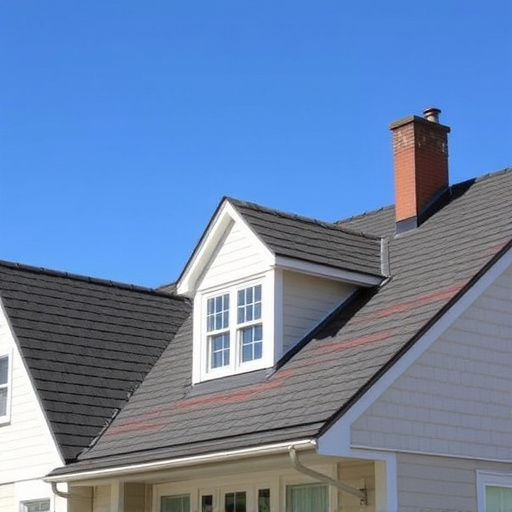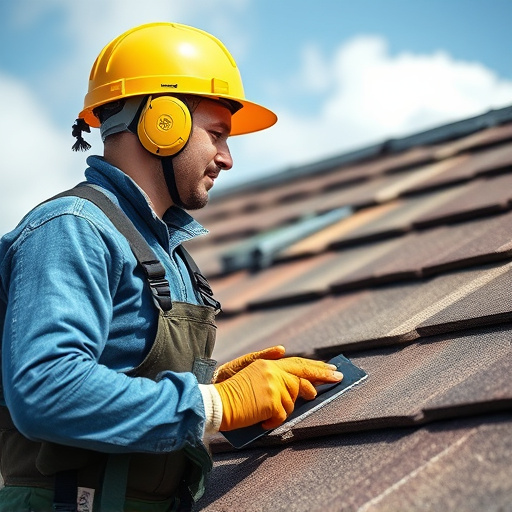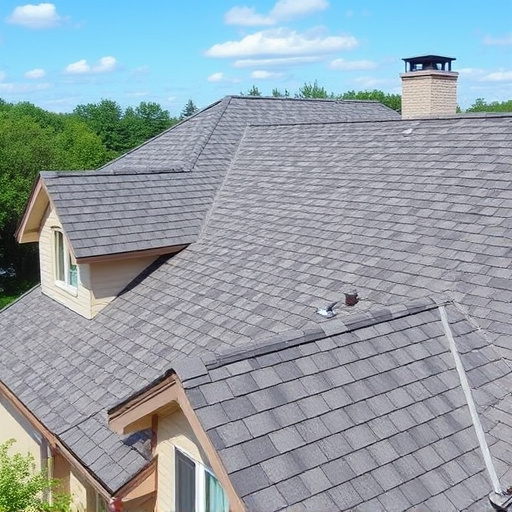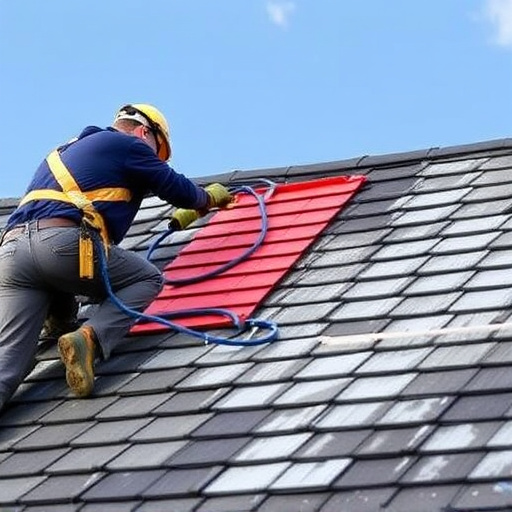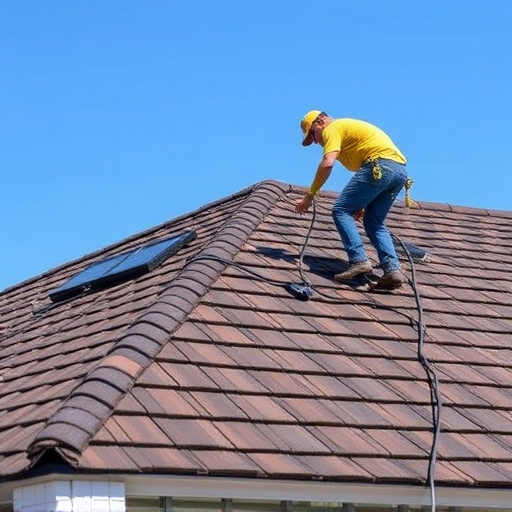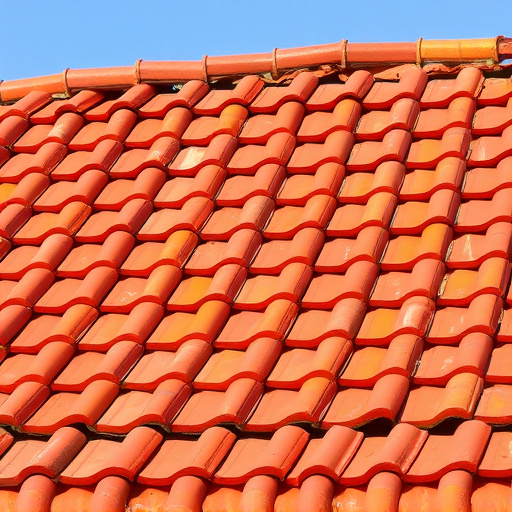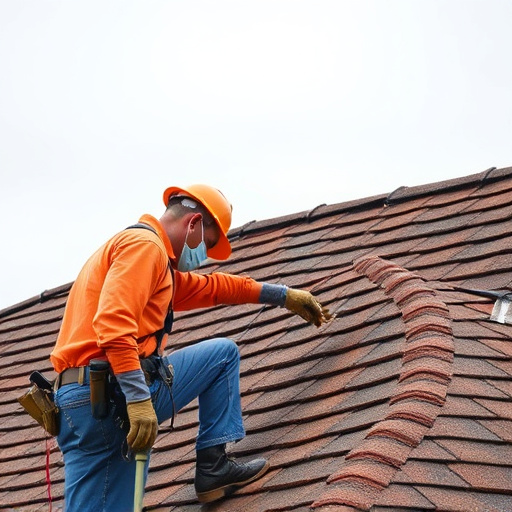Before installing metal siding, thorough planning is essential. Homeowners should assess property needs, choose an appropriate type considering aesthetics, budget, climate, and maintenance, obtain necessary permits, and coordinate with a reputable contractor. Key preparations include repairing damaged areas, ensuring proper drainage, and securing support structures. Professional services are recommended for complex installations. Understanding local regulations and building codes is vital to avoid fines and delays, ensuring seamless integration of metal siding with surrounding structures.
“Thinking of transforming your home with metal siding? This comprehensive guide unveils what to expect during installation, from initial preparation to final touches. We explore the crucial steps, including assessing your home’s eligibility, navigating permits and regulations, and ordering the perfect amount. Then, we delve into the installation process, from surface preparation to sealing, ensuring a secure fit. Post-installation, learn about proper metal siding care, addressing common issues, and maintenance tips for years of lasting protection.”
- Preparation and Planning for Metal Siding Installation
- – Assessing your home's suitability for metal siding
- – Obtaining permits and understanding local regulations
Preparation and Planning for Metal Siding Installation
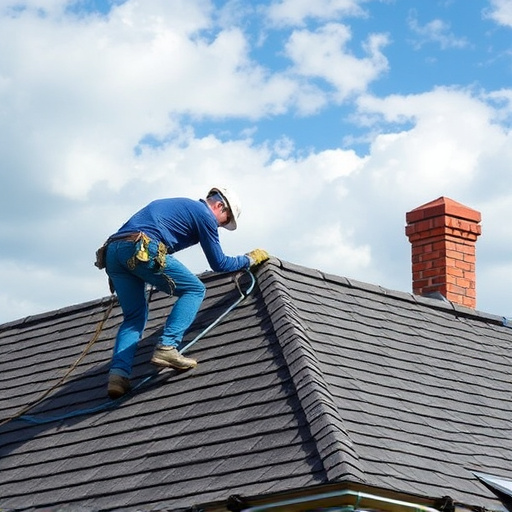
Before the metal siding installation begins, thorough preparation and planning are essential. Homeowners should start by assessing their property’s needs and selecting the appropriate type of metal siding that aligns with their aesthetic preferences and budget. It’s crucial to consider factors like climate, local building codes, and potential maintenance requirements when choosing a material. Once the decision is made, gather all necessary tools and materials, ensuring everything is up to code. This step involves obtaining permits, if required, and coordinating with a reputable contractor specializing in metal siding installation.
Effective planning includes evaluating the existing structure and preparing it for the new siding. This may involve repairing or replacing damaged areas of the roof or wall, ensuring proper drainage systems are in place, and securing any necessary support structures. Proper preparation ensures a seamless installation process, resulting in long-lasting roofing solutions and a professional siding finish.
– Assessing your home's suitability for metal siding
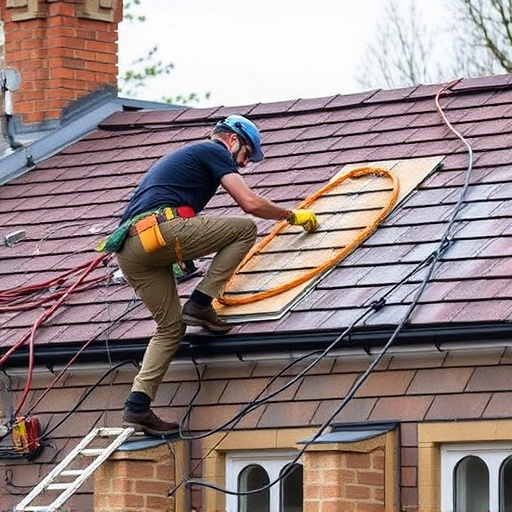
Before embarking on a metal siding installation project, it’s crucial to assess whether your home is suitable for this type of material. Metal siding offers numerous benefits, such as durability and low maintenance, making it an attractive option for many homeowners. However, not all homes are equally well-suited for this upgrade. One key factor to consider is the overall condition of your existing roof and exterior structure. Metal siding often requires a solid foundation to ensure long-term performance, so any signs of significant damage or weakness in the roof framing should be addressed first, potentially requiring roof repair or replacement.
Additionally, the design and architectural style of your home play a role. While metal siding can complement various styles, some homes may require specific types or colors to maintain their aesthetic appeal. It’s also essential to evaluate the accessibility of your property and the complexity of the installation process. Professional home exterior services typically handle metal siding installations, as they possess the necessary tools and expertise to navigate challenges like steep roofs or intricate designs. Ensuring a proper fit and seamless finish requires skilled workmanship, making it crucial to choose a reputable contractor for this task.
– Obtaining permits and understanding local regulations
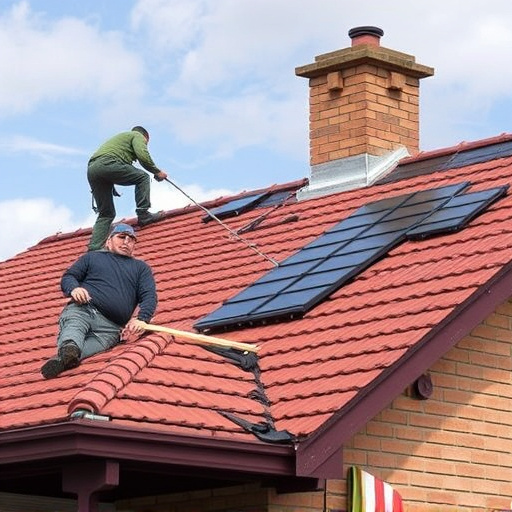
Before any metal siding installation begins, it’s crucial to obtain the necessary permits and understand local regulations. This step is essential to ensure your project complies with building codes and zoning laws, which can vary significantly from one municipality to another. Contacting your local building department or a professional roofing and siding contractor who has experience in navigating these processes can help you gather the required documents and inspections. Once approved, you’ll be clear to proceed with your metal siding installation, knowing it meets all safety and aesthetic standards.
In terms of roof replacement or siding and gutters, metal siding offers durability and low maintenance, making it an attractive option for homeowners. However, local regulations may dictate specific design, color, or material choices to maintain architectural harmony within the neighborhood. Understanding these guidelines is key to ensuring your metal siding installation seamlessly integrates with your property and surrounding structures. This process also helps avoid potential fines or project delays caused by non-compliance.
When preparing for a metal siding installation, careful planning is key. Assessing your home’s structural integrity and obtaining necessary permits are essential steps to ensure a smooth process. Understanding local building codes and regulations will help you avoid any legal hurdles. With the right preparation, you can look forward to a durable, low-maintenance exterior that enhances your home’s beauty and value for years to come, making metal siding a wise investment.




